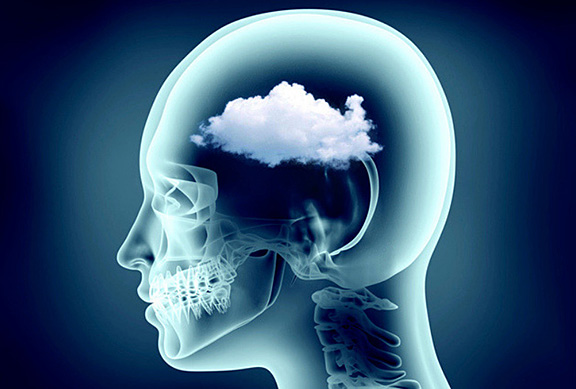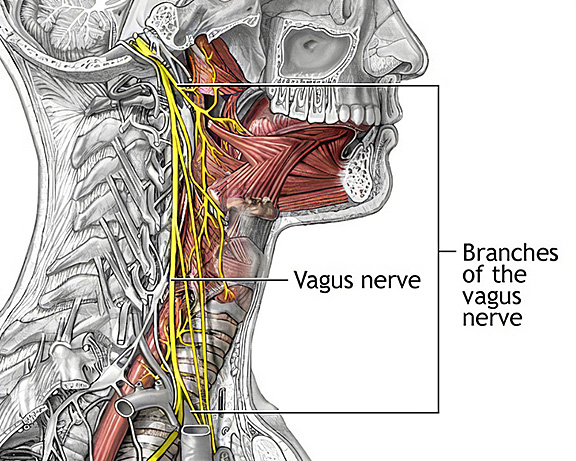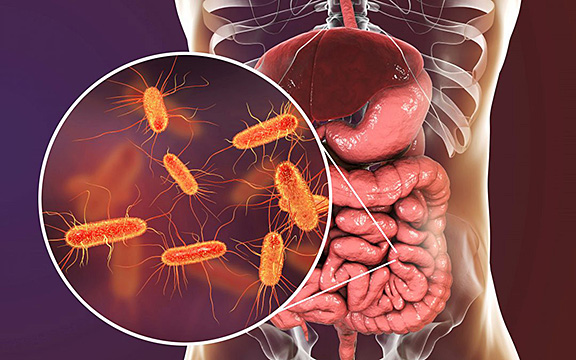Kitchen Conversations and Personal Power
Organized institutions and systems, and the individual people functioning within those systems have moving parts and institutional memories. It’s easy to see that information printed on a paper is a thing; it’s less obvious that our thoughts are things. Thoughts and feelings exist within our consciousness, sometimes subconsciously. Some thoughts are intrusive, unwanted, and interfere with the thoughts we want to be thinking. Physical dysfunctions can make it hard to think straight or think at all. On some level, all dysfunction is physical.
An article, in the October/November 2021 edition of the American Academy of Neurology’s Brain & Life, “Trust Your Gut,” discusses the connections between gut and brain health. “Trust Your Gut” states that while researchers don’t fully understand how microorganisms in the gut affect neurotransmission and the brain, it is clear microorganisms do affect neurological function. Scientists are studying how “leaky gut” and the inflammation caused by an over-permeable gastrointestinal lining, connects to disorders such as Parkinson’s disease. In recent years, researchers, health care professionals, and us the people are communicating more about cognitive impairment and brain fog. Brain fog can accompany and follow conditions such as Lyme Disease, COVID 19, concussion, chemotherapy, and sometimes, overconsumption of sugar and grains.

An article, in the October/November 2021 edition of the American Academy of Neurology’s Brain & Life, “Trust Your Gut,” discusses the connections between gut and brain health. “Trust Your Gut” states that while researchers don’t fully understand how microorganisms in the gut affect neurotransmission and the brain, it is clear microorganisms do affect neurological function. Scientists are studying how “leaky gut” and the inflammation caused by an over-permeable gastrointestinal lining, connects to disorders such as Parkinson’s disease. In recent years, researchers, health care professionals, and us the people are communicating more about cognitive impairment and brain fog. Brain fog can accompany and follow conditions such as Lyme Disease, COVID 19, concussion, chemotherapy, and sometimes, overconsumption of sugar and grains.
Brain fog impairs people’s ability to deal with the needs of a given moment. Seeking new and different information requires curiosity, energy, and time: brain fog robs people of energy and time. Our most primal and primary necessary functions are to breath air and digest food. Our primary and primal power lay in communicating that need to caretakers.
Sigmund Freud identified and labeled the first stages of psychosexual development in terms of eating and toilet training. Overly harsh treatment during this time can result in problems later. Infants and children in unrelieved distress learn they are helpless. Learned helplessness, passivity, and depression often lead people to stay in physically and emotionally unhealthy situations. People speak more about depression than about the physical and social conditions that lead to depression. Neurons that fire together wire together; programmed behavior follows.
Communicating about gut pain (or other internal problems) might sound more plaintive than talking about knee pain. Offering one’s experience with a broken leg seems less personal than telling another how a dietary change altered your thinking. Moral judgements flow into discussions about eating, drinking, and thinking. We still like to think people control how and what they think; they can and often do; but not always. Peoples’ reactions to our talking often changes how we communicate and how we come to think about what and how we communicate. Completing organizational communications about COVID 19 have created a systemic “tone” of danger in public discourse. Our fight, flight, and freeze tendencies reflect visible manifestations of neurological vagal tone.
The vagus nerve, the tenth cranial nerve, regulates our core functions of digestion, circulation, and respiration. The vagus nerve sends and receives information through myelinated and unmyelinated branches, perhaps, to preserve life, and in extremes, perhaps to shut down sensation when severe injury or death are imminent. In writing the previous sentence, I used the term “perhaps” because I don’t know everything about how the vagus nerve functions, I’ve read enough books to believe that doctors, psychologists, and scientists don’t fully understand the vagus nerve either. My experience and reading suggests that fight, flight, and freeze responses develop in context. Neurons that fire together wire together and personal fight, flight, and freeze responses affect and reflect habituated vagal tone.
Bessel van der Kolk’s 2014 NY Times bestselling book “The Body Keeps Score” builds on theories about how the unconscious and subconscious mind stores memories, sensations, and information that the conscious mind can’t handle or identify and label. Freud believed that infants and young children don’t remember things. It seems more likely that infants and preverbal children register imagery and feelings about situations for which they don’t yet have words. Later in life, that subconsciously stored information may emerge as identifiable or recovered memory.

Of course, many people don’t believe in recovered memory. I didn’t believe in recovered memory until I started remembering events, pleasant and not, of which I’d been previously unaware. My ongoing conscious recovered memory occurs in bits and pieces, but for sure, commenced with changes in my diet, physical activity, and later, post-concussion physical therapy.
It’s important to know how our own physiology works. Personal empowerment and self-regulation involve our ability to trust our own guts. We need to know specifically how our guts work. While we might not want to talk about our gut feelings, (or guts) at the kitchen table, our gut feelings connect to what we absorb there.











